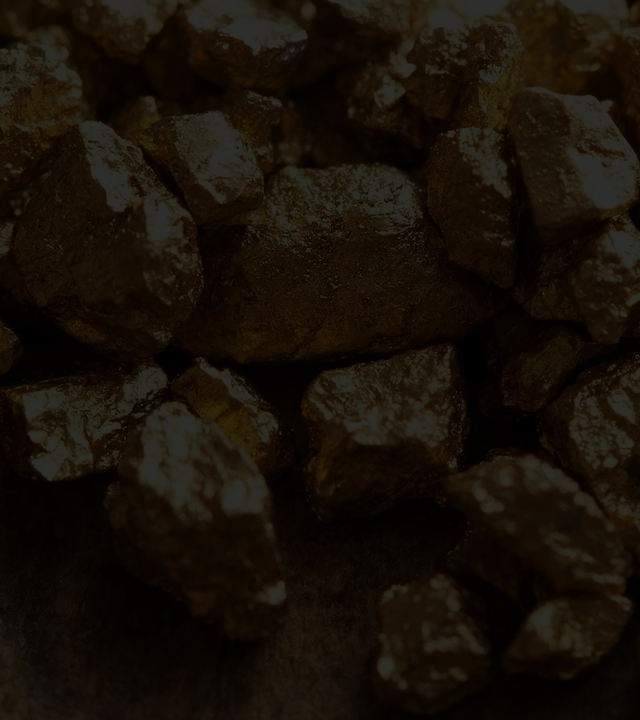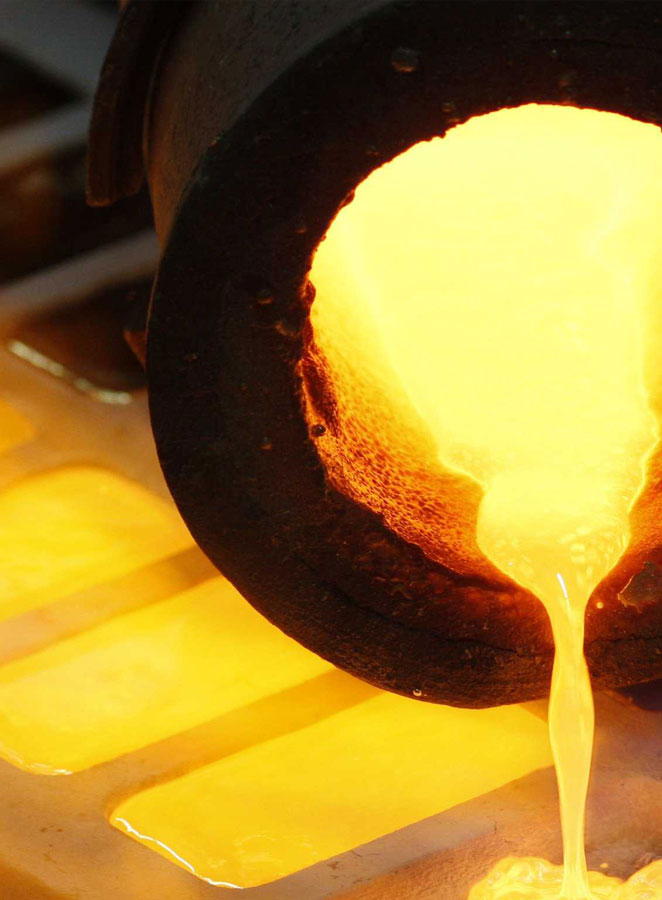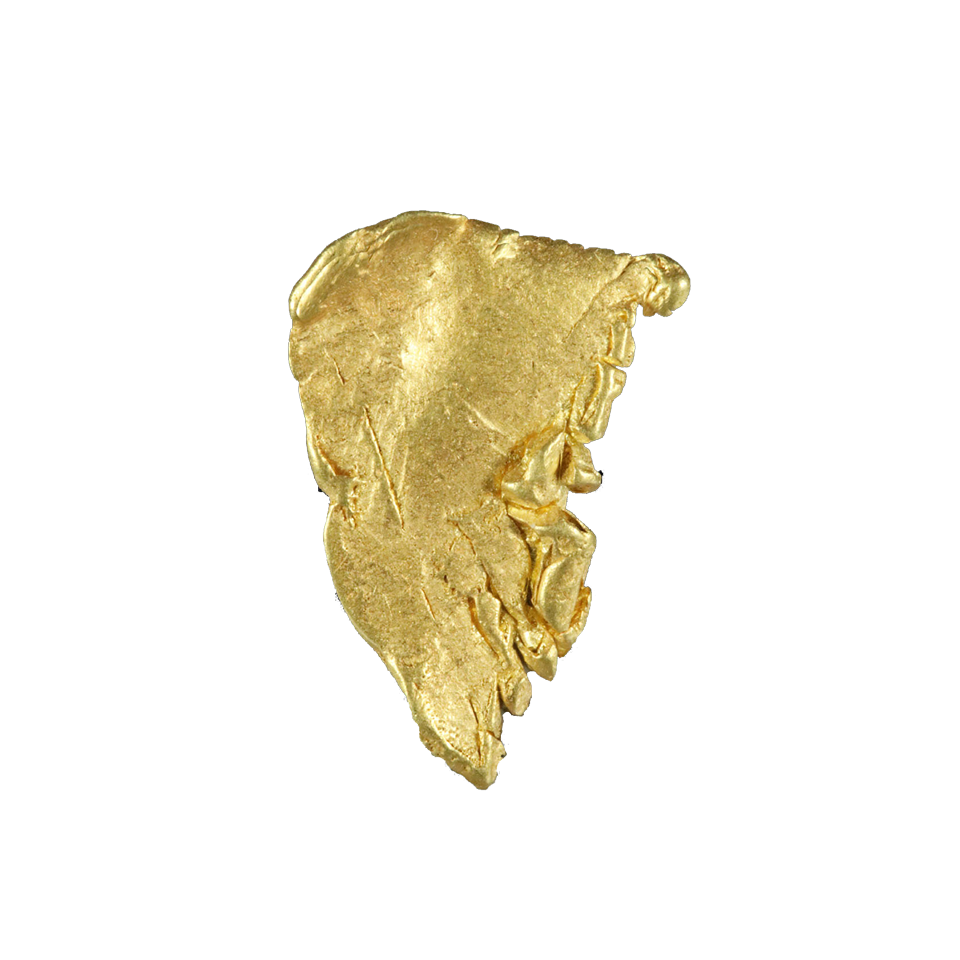
A whole
new science

Materials Our Innovative
Let's start with our
liquid.goold.
If you want to see gold flowing, make sure you heat it up at high temperatures: in fact, it melts at more than 1000 °C!
However, you can see our liquid.goold flowing even at room temperature. Our gold platelets shine like gold and are happy to flow in a wide range of different solvents!






What about our light.goold?
You might wonder what makes our material so light and unique. We share the answer in an intuitive way.
Imagine to take two equivalent jars: one of them you fill it in with iron nails, and the other one with water. Which one would be heavier to carry? The answer is the first glass, as iron has a higher density than water.
If we replace iron with gold, and water with a polymer, such as polystyrene, our comparison gets even more drastic: while water and polystyrene (PS) have a similar density, the density of gold is almost three times the one of iron!
To fully understand the impact that such a difference has on our material, we need to also clarify the meaning of carat (K). The carats scale quantifies the mass fraction of gold in a given alloy: 0K corresponds to 0 wt% (weight fraction) of gold, while 24K corresponds to 100 wt%. Pure gold is soft, and for applications it is therefore always blended with other metals (like copper and silver) to improve the mechanical properties and to modify the colour of the final materials. Often, the created alloys are 18K, that means 75 wt% of gold.
If we considers an 18K gold-silver alloy, due to the fact that the densities of the two materials are comparable, the final material has a density that is close to 16 g/cm3 and the volume fraction (v/v%) of gold is close to 60%. However, if we consider our light.goold, which is a 18K gold-polymer alloy, the densities are strikingly diverse! Typical polymers have densities ten times lower than silver: this allows the creation of an alloy with a maximum density of 3.6 g/cm3 .
Here is our magic recipe. An 18K alloy that shines like gold and that is almost as light as aluminium, and that blends the advantages of the metallic and polymeric materials we use!
Want to know something more
about our 2D.goold?
The creation of conductive, renewable films constantly attracts great interest, due to the increasing demand of functional material that can be used in electronic devices. Our protein fibrils, upon vacuum filtration, act as adhesives among the gold platelets, and allow the creation of hybrid films that can act as humidity sensors and that can potentially be used in a wide range of applications, such as wearable sensors!
Want to know more about our products? Have a look at our publications and patents:
Publications:
Bolisetty, S., Vallooran, J. J., Adamcik, J., Handschin, S., Gramm, F., & Mezzenga, R. (2011). Amyloid-mediated synthesis of giant, fluorescent, gold single crystals and their hybrid sandwiched composites driven by liquid crystalline interactions. Journal of colloid and interface science , 361 (1), 90-96.
Li, C., Bolisetty, S., & Mezzenga, R. (2013). Hybrid nanocomposites of gold single‐crystal platelets and amyloid fibrils with tunable fluorescence, conductivity, and sensing properties. Advanced Materials , 25 (27), 3694-3700.
Zhou, J., Saha, A., Adamcik, J., Hu, H., Kong, Q., Li, C., & Mezzenga, R. (2015). Macroscopic Single‐Crystal Gold Microflakes and Their Devices. Advanced Materials , 27 (11), 1945-1950.
Nyström, G., Fernández‐Ronco, M. P., Bolisetty, S., Mazzotti, M., & Mezzenga, R. (2016). Amyloid templated gold aerogels. Advanced Materials , 28 (3), 472-478.
van't Hag, L., Handschin, S., Gschwend, P. M., & Mezzenga, R. (2020). Light Gold: A Colloidal Approach Using Latex Templates. Advanced Functional Materials , 30 (9), 1908458.
Patents:
van ‘t Hag, L. and Mezzenga, R., Light Gold, PCT/EP2020/073857.
Li, C. Bolisetty, S. and Mezzenga, R., Hybrid Nanocomposite Materials of Amyloid Fibrils and Gold, EP2956511B1.





